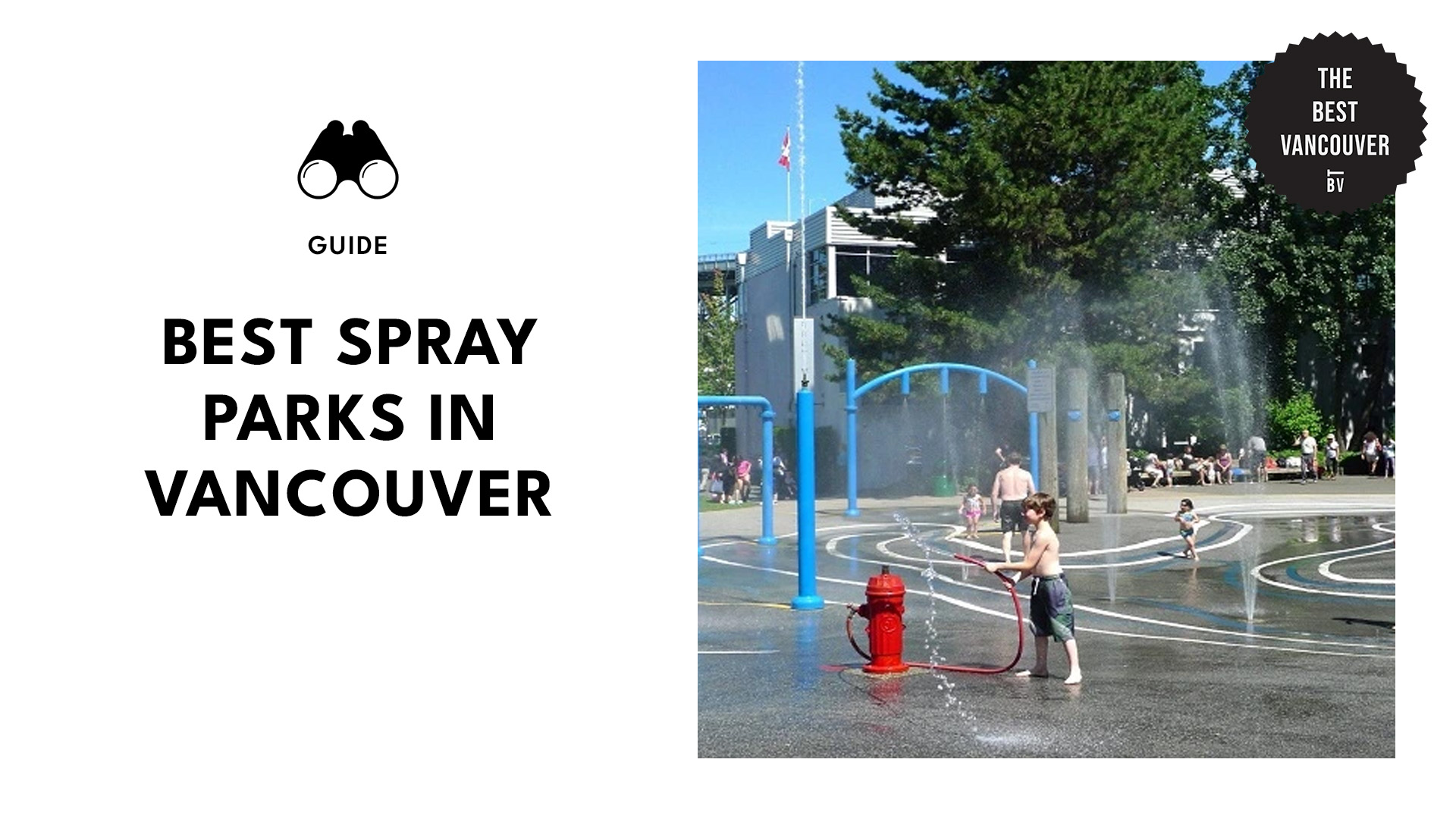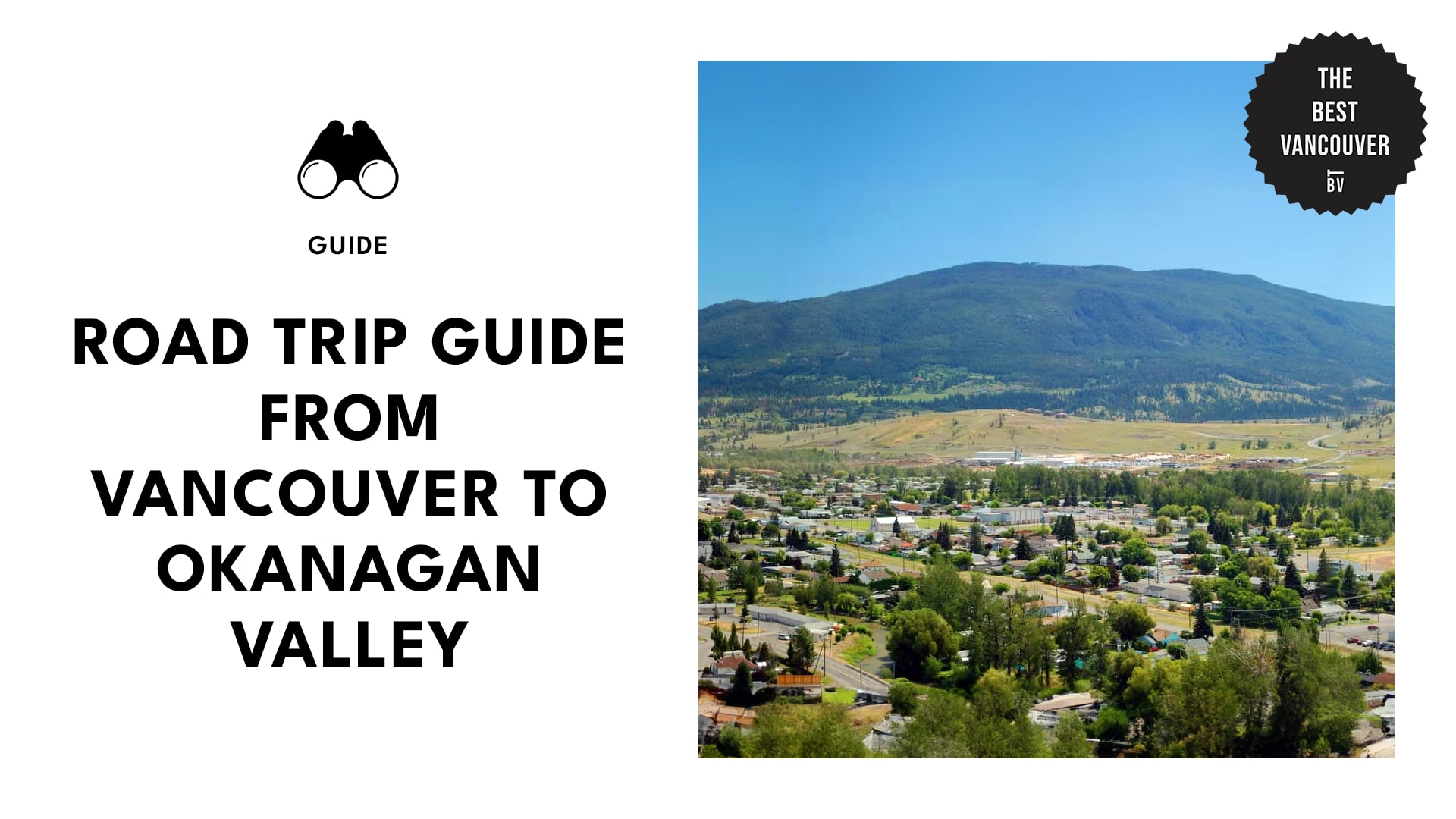We ventured deep into Stanley Park and found ourselves at Beaver Lake—and honestly, we may never leave! From serene waters to hidden trails, this little gem gave us the nature escape we didn’t know we needed.
We might’ve gotten a bit too excited spotting wildlife (and maybe a little muddy), but it was worth every step.
If you’re looking for a peaceful retreat in the heart of Vancouver, Beaver Lake is calling your name—just don’t blame us if you don’t want to head back to the city after!
Best Time to Go
The best time to go to Beaver Lake in Stanley Park is all-year round. This lake transforms with the seasons. In spring, vibrant birdlife returns, making it ideal for birdwatching.
The lush surroundings create a peaceful atmosphere for summer walks, while fall offers serene, colorful strolls as the leaves change.
For fishing, spring and late fall are best, as the shallow waters provide optimal conditions for a successful catch.
In winter, the surface of Beaver Lake freezes while the deeper parts remain liquid. Fish stay near the bottom where the water doesn’t freeze.
What is the history of Beaver Lake Stanley Park?

Beaver Lake was once home to the Musqueam, Squamish, and Tsleil-Waututh peoples. The area holds cultural and spiritual significance. However, it was take over by the government later on.
Then, in 1907, beavers started to emerge in the pond, which European settlers were quick to notice. By 1911, a trail was added to make Beaver Lake a recreational spot for visitors.
As time passed, it wasn’t until 2008 that a beaver, the lake’s elusive semi-aquatic herbivore, made its mysterious comeback. These shy creatures are most active at dusk and dawn.
Ecological Significance and Conservation Efforts
In January 2011, the Stanley Park Ecological Action Plan made protecting Beaver Lake’s infilling a top priority. The plan highlighted the need to preserve the park’s rivers, lakes, and wetlands.
Conservation efforts have included installing a new outlet structure to stabilize the lake’s water levels and managing invasive ornamental lilies and floating islands of vegetation.
Things to Know
Route statistics
| Distance | 1.5 kilometer |
| Steps | 2,060 |
| Elevation change | 13 meters |
Parking
There’s some street parking available on Pipeline Road near Beaver Lake. The closest parking lots are at Stanley Park Junction and across Pipeline Road, near the works yard and horse barns.
Facilities
As for facilities, there aren’t any public washrooms near Beaver Lake. The nearest ones are at the Stanley Park Pavilion or by Stanley Park Junction.
Accessibility
The Beaver Lake trail is entirely made with compacted gravel and is wheelchair accessible. The trail is mostly flat with only slight slopes.
If you’re using a wheelchair and need to travel between the seawall and Pipeline Road, the route via Beaver Lake is the best option.
How to Get to Beaver Lake in Stanley Park
What to Do in Beaver Lake in Stanley Park
Follow the Sound to Beaver Creek
Media credit: kessanjohnston
As you make your way to Beaver Lake, you’ll most likely encounter Beaver Creek if you’re coming from Pipeline Road. This stream is beautifully shaded as it flows from Beaver Lake to Burrard Inlet.
This creek is one of just three of the original 47 salmon-bearing streams left in Vancouver. That’s why a lot of effort to restore it is being done.
Boulders, fallen trees, and stumps create a diverse in-stream habitat. The water flows around these features, forming slow-moving pools that serve as resting spots, while the churning sections help oxygenate the stream.
Spot the Beaver Dam
Media credit: kessanjohnston
You can catch a glimpse of a massive beaver dam from the main viewpoint. Keep your eyes peeled for this dam and its furry architects, but remember, these critters prefer to show up at dawn or dusk!
Beavers are most active during these times, so you may have a better chance of spotting them then. Additionally, be sure to bring binoculars for a closer look at their impressive construction work.
Chill or Hike by Beaver Lake
Media credit: jessicasuvak
We highly recommend strolling around the lake on the trail to soak in the vibrant diversity of Beaver Lake. It’s an easy-going path with lovely views, free from pesky bugs, and parking is conveniently right at the entrance.
It’s a stunning walk with dry conditions and a moderate, brief incline. Expect light to moderate foot traffic in the park, though the seawall tends to be its usual busy self.
Observe and Spot Wildlife
Media credit: lux.opus.photography
Typically taking place in mid-July each year, the “Wildlife of Beaver Lake” tour by Stanley Park Ecology offers a fascinating glimpse into why so many critters call Beaver Lake home.
As you explore Beaver Lake, you’ll see quacks of ducks among the water lilies, frogs, and perhaps catch sight of eagles and herons on the hunt above and below the water. And of course, beavers!
Check out the Nurse Stump
Media credit: carolinapla_coach
The Nurse Stump here at Beaver Lake is down the trail on the left. Sure, it’s an old stump, but there’s a lot more to it than just a big chunk of wood. At the stump’s base, it serves as cozy dens for animals like raccoons and squirrels.
The stump is also a treasure trove for fungi and insects that help decompose the wood. Many nurse stumps like this one are remnants of the logging that took place in the 1860s.
Step Into the Rainforest
Media credit: butko_photo_nature
When you follow the lake’s trail until it meets the North trail, just after crossing the wooden bridge. turn right onto North Creek Trail and walk about 55 meters where you’ll find a rainforest.
Inside the rainforest, you’ll see a lot of trees, such as western red cedar, Douglas fir, and western hemlock. You might also notice the change in temperature, humidity, scents, and sounds.
Once you’ve explored, retrace your steps back to Lake Trail, head straight ahead to rejoin Beaver Lake Trail.
Discover Beaver Lake Bog
Media credit: vivsualized
Behind the trees, you might spot the small bog here at Beaver Lake. You’ll encounter bog plants like Labrador tea and carnivorous round-leaved sundews thrive in this sensitive, nutrient-poor environment.
While you walk the trail, be on the lookout for the large, green, waxy leaves of skunk cabbage which are hard to miss when it’s in bloom with its bright yellow spike.
Additionally, another thing you won’t miss here are the skunk cabbage leaves (trust us, you’ll smell this first before you see it). These leaves were used by First Nations peoples as cups and plates, as well as to make baskets, boxes, and steam pits.
Detour Into a Douglas-Fir Grove
Media credit: lesvoyagesdangel
Another point of interest here at Beaver Lake is Douglas-Fir Grove. Head to the South Creek trail and walk to a wooden viewing platform on your right. Once you’re there, step onto the platform and look down.
There, you’ll see an aged bunch of 125-year-old Douglas firs. The combination of direct sunlight and ashy soils created the perfect conditions for these Douglas firs to thrive.
Apps to Download for a Trip to Beaver Lake
Transit: get real-time information and updates on bus arrivals, bus capacity predictions, real time vehicle locations, and special service alerts.
Street Food Vancouver: find the city’s best food trucks on an online map, along with their operating hours.
OpenTable: reserve tables at restaurants in Vancouver.
Uber: book a cab in the city within minutes.













